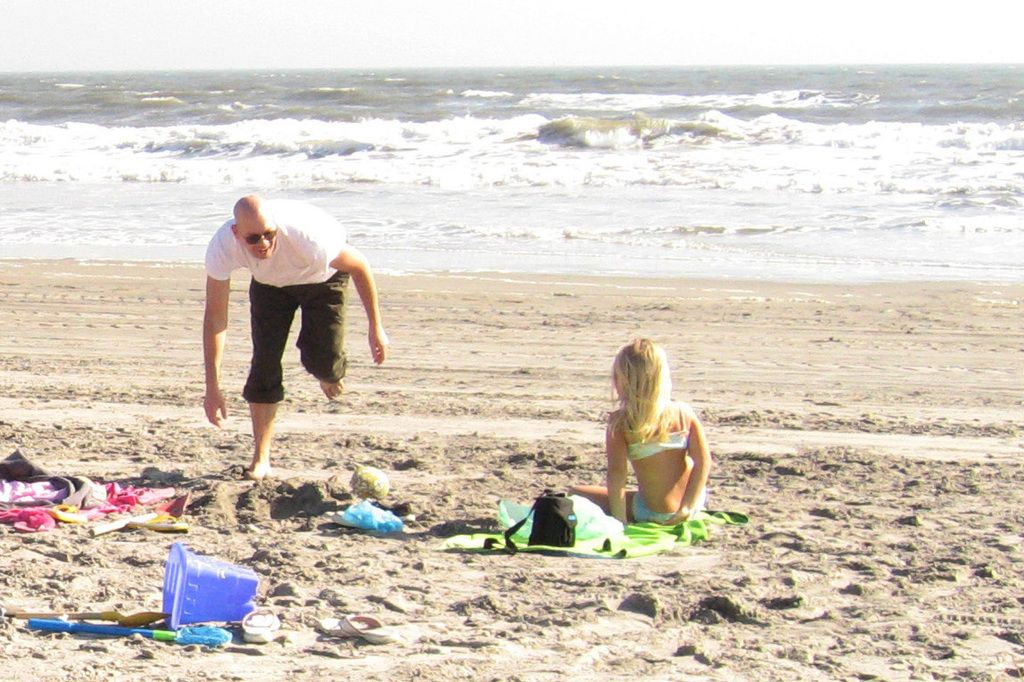Enhancing Perceptiveness in Children with Autism: Insights into their Environmental Understanding
Chillin' with Tech: Navigating the Digital World for Autistic Kids
🤖 Facebook 📸 Instagram 📌 Pinterest 🏢 Linkedin 📹 YouTube
Does your autistic kiddo seem oblivious to their surroundings or struggle with picking up on social cues? That's where situational awareness comes in! This blog dives into what situational awareness means for autistic children and how you can help them thrive in the real and digital world.
What's the deal with situational awareness?
Situational awareness for autistic kiddos means understanding and interpreting their surroundings, including people, objects, and digital platforms! It involves being in tune with sensory input, social cues, and changes in environment. By developing situational awareness, kiddos on the spectrum can navigate their world more effectively, make informed decisions, and engage in appropriate social behaviors.
Techniques to Boost their Awareness Game
Improving situational awareness for autistic kids can make a massive difference in their day-to-day lives. Here are 10 techniques to help them excel in the real and virtual worlds:
1. Visual Clues
Leverage visual supports like schedules, social stories, and visual cues to help kiddos understand daily routines and forthcoming activities.
2. Social Savvy Schooling
Teach them to read social cues and nonverbal communication. Incorporate role-playing, video modeling, and explicit instructions to demonstrate appropriate social responses.
3. Sensory Exploration
Engage in sensory activities to help kiddos develop a strong connection with their senses. Try sensory bins, texture exploration, and sensory walks to increase their sensitivity to their environment.
4. Self-regulation Skills
Teach self-regulation techniques such as deep breathing, using sensory tools, or mindfulness exercises to help them manage overwhelming or anxiety-provoking situations.
5. Mind & Body Practice
Introduce mindfulness practices or yoga exercises to help kiddos stay focused, present, and relaxed.
6. Social Narratives
Create social narratives to describe common social situations and appropriate responses, which will help kiddos anticipate what might happen and how they should react.
7. Video Modeling
Employ video modeling to demonstrate social interaction and behavior in various contexts, especially online interactions.
8. Supported Playdates
Organize structured playdates or social interactions with peers to practice social skills in a secure and supervised setting.
9. Visual Transition Cues
Use visual cues, such as timers or schedules, to prepare kiddos for transitions, reducing anxiety and increasing their awareness of upcoming changes.
10. Online Environments
Gradually expose kiddos to various online platforms through age-appropriate, supervised activities, helping them learn how to navigate, interact, and communicate online effectively.
Of course, every autistic kiddo is special, so be sure to adapt these strategies to their needs and preferences. Keep in mind that consistent practice, a supportive environment, and guidance from professionals experienced in working with autistic children can lead to incredible improvements in situational awareness.
Foods to Fuel their Brain
🥜 NutsPacked with vitamin E and vitamin B6, nuts like almonds, walnuts, cashews, peanuts, and hazelnuts aid in improving fine motor skills, learning abilities, and brain function. Walnuts offer omega-3 fatty acids, which support cognitive functions. (Read more about the best nuts and seeds for protein!)
SeedsRich in antioxidants like vitamin E, seeds such as flax, chia, pumpkin, sesame, and melon protect brain cells from damage. Sunflower seeds enhance mood and mental processing powers, making them a brain-boosting snack. Pumpkin seeds are high in magnesium, copper, and zinc, which help increase concentration and memory.
💊 AshwagandhaAn adaptogenic herb, ashwagandha helps reduce anxiety and stress levels. In addition, it boosts acetylcholine levels, which support better memory, mental focus, and overall intelligence.
🌱 BrahmiA brain superfood, brahmi enhances cognitive abilities, improves memory, and supports learning and fine motor skills.
🌺 ShankhapushpiTraditionally used as a brain tonic, shankhapushpi increases memory capacity, focus, concentration, calmness, and alertness, making it a valuable tool for boosting brain function.
🙌 Cocoa PowderRich in antioxidants like epicatechin, cocoa powder may improve cognition and speech impairment, making it a vital source of brain nutrition for children.
Try these brain-boosting foods to help your kiddos thrive in the digital world!
Products
Increase your kiddo's brainpower with these kid-friendly, Ayurvedic Brain Booster Products:
😁 Kids & Teens Brain Booster Chocolate Spread - Packed with shankhapushpi, ashwagandha, and brahmi, this delicious chocolate spread enhances focus, memory, and intelligence. Order your bottle today!
🌿 Improve Your Kid's Brain Health - Discover various Ayurvedic herbs, their benefits, and our delicious Kid's Ayurvedic Foods. Learn more and shop here!
Read more blogs to empower your little one:
🌟 Wise Ways to Enhance Oral Motor Skills🤐 Calming Colors for Autism Kids😶🌫️ The Silent Struggle: How Anxiety Affects Speech in Adults💤 Sleep Regression in Older Kids: Causes and Strategies to Cope🧠 Mastering the Brain Gym Exercises for Better Focus
- Cultivating nutrition, such as consuming nuts, seeds, and herbs like ashwagandha, brahmi, and shankhapushpi, can support mental health, learning, and focus in autistic children, enhancing their engagement in educational and self-development activities.
- Recognizing and interpreting their environment effectively not only improves social interactions but also nurtures mental health and brain development, making a substantial difference in a child's health-and-wellness and parenting experiences.
- By gradually exposing autistic children to various digital platforms, parents can help their kids develop essential science and technology skills, enabling them to thrive in education-and-self-development and health-and-wellness contexts.
- Employing techniques like visual storytelling, social modeling, sensory exploration, self-regulation, and mindfulness can improve autistic children's situational awareness, ultimately fostering better brain development, social skills, and overall well-being.








